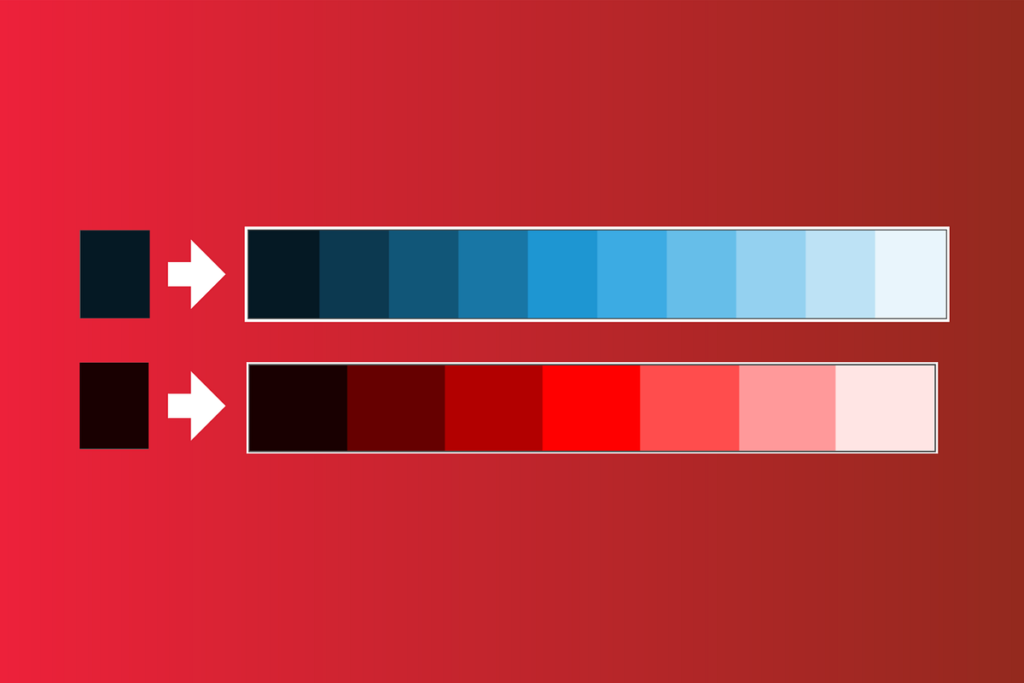Mastering Colors in Python: A Design Challenge Worth Tackling
Spoiler: It’s harder than you think.
If you’re like most tech professionals, the idea of working with colors might leave you feeling a bit overwhelmed. Let’s be honest—design isn’t everyone’s strong suit, and if you don’t have an eye for aesthetics, creating a visually appealing color palette can be daunting. But fear not! With Python in your toolkit, generating a stunning monochromatic color palette for your data visualizations is not only possible but also satisfying.
The Bright Side of Python
Imagine you need to create a compelling stacked chart, and you want it to look visually appealing. Python can take on most of the coding heavy lifting, allowing you to focus on your data’s storytelling. However, while Python can be your best friend in this quest, it comes with certain challenges.
To create those beautiful color palettes, you’ll need to delve into some custom coding. This includes writing functions to convert color values from HEX to HSL (Hue, Saturation, Lightness) and back. Furthermore, you’ll need to determine whether a starting color is too bright or how much lighter each subsequent shade should be. Sounds easy enough, right? It’s not.
A Bit of Frustration
If you’ve ever searched for a Python library designed specifically for generating color palettes, you may have found the options lacking. Unfortunately, I haven’t encountered a single fully functional library that meets all my needs. This realization can be disheartening, but it also makes the challenge even more enticing.
Unlock the Mystery of Color Formats
Before diving into the coding aspect, let’s familiarize ourselves with three essential color formats you should know about:
- HEX: A six-digit code commonly used in web development. It begins with a #, followed by six hexadecimal digits that represent colors.
As you explore the intricacies of color generation in Python, remember that understanding these color formats will lay a solid foundation for your projects.
Real-Life Applications
Consider a recent project someone shared on a design forum. They struggled to create a chart that accurately represented their data without clashing colors that made it unreadable. After tinkering with Python and investing time in learning color theory, they managed to develop a custom function that not only generated a pleasing palette but also enhanced their data’s clarity. The satisfaction of transforming their initial failures into a beautiful, coherent visualization was undoubtedly worth the effort.
Your Resource Awaits
If you’re a regular reader and subscriber to my Substack, skip the heavy lifting; you can download my coding notebook directly. It’s all set up for you to experiment with.
Call to Action
Ready to dive into the world of colors and data visualization? Embrace the challenge of coding in Python to generate stunning palettes. By enhancing your skills, you will elevate the quality of your projects and impress your audience.
In conclusion, understanding color generation might feel like facing a mountain of complexity at first glance, but the insights you gain will be invaluable. So, whether you’re a seasoned coder or just starting out, it’s a worthy pursuit.
The AI Buzz Hub team is excited to see where these breakthroughs take us. Want to stay in the loop on all things AI? Subscribe to our newsletter or share this article with your fellow enthusiasts.




